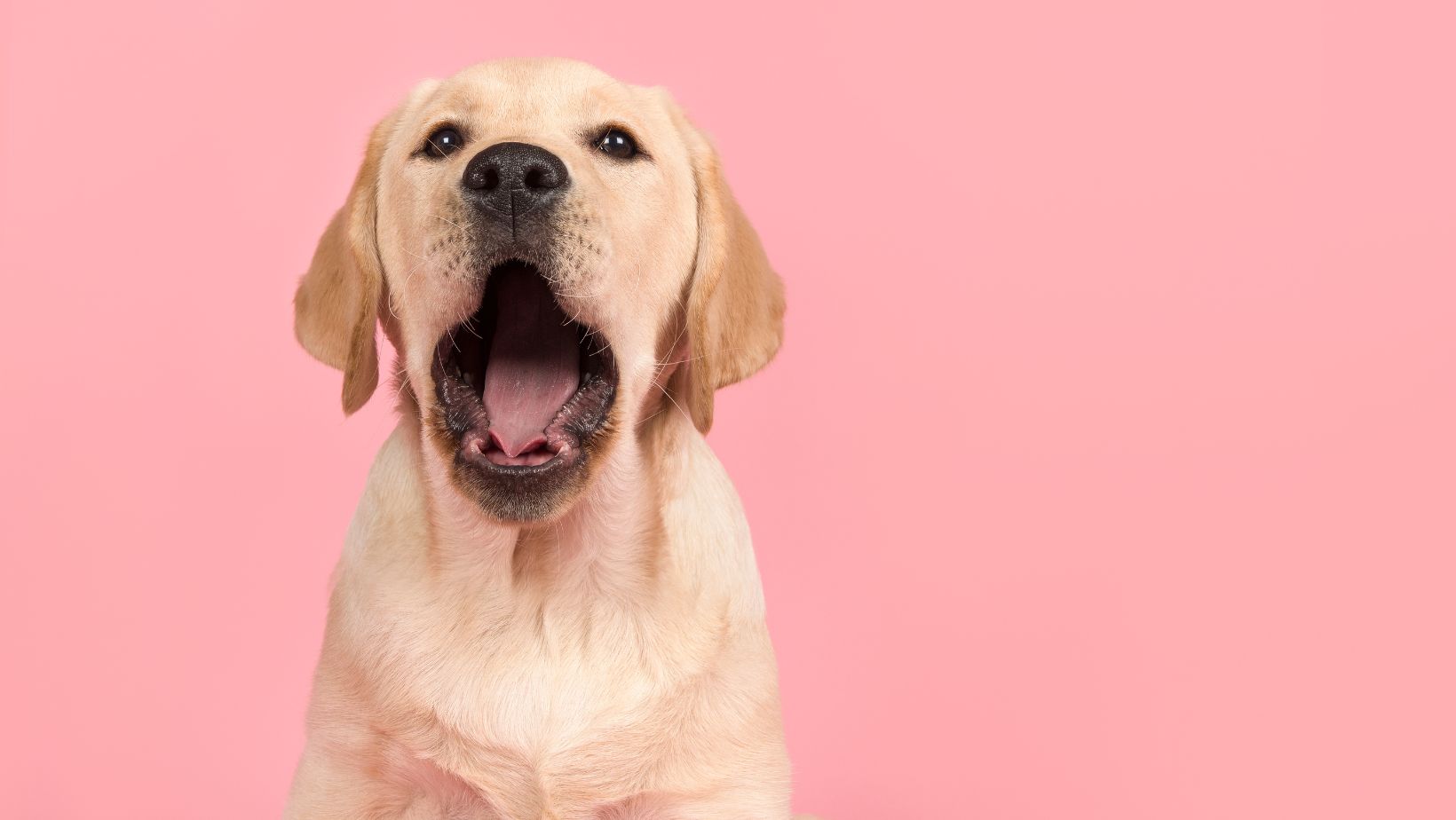How to Stop Dog Chewing Furniture When Home Alone
One effective strategy is to provide appropriate chewing alternatives for your Labrador. Dogs often chew out of boredom or as a way to relieve anxiety, so giving them designated chew toys can help redirect their attention away from your furniture. Look for durable toys specifically designed for strong chewers like Labradors.
Another important aspect is ensuring that your dog gets enough exercise and mental stimulation throughout the day. A tired dog is less likely to engage in destructive behaviours, as they will be too busy resting or playing with their toys. Consider taking your Labrador for long walks or engaging them in interactive play sessions before leaving them alone at home.
Additionally, it’s crucial to create a safe and comfortable environment for your dog while you’re away. Remove any items that may tempt them to chew on furniture, such as shoes or loose wires. You can also use deterrent sprays that are safe for dogs but have an unpleasant taste, which can discourage chewing on prohibited items.
By providing appropriate chewing alternatives, ensuring sufficient exercise and mental stimulation, and creating a safe environment, you can greatly reduce the likelihood of your Labrador chewing on furniture when they’re home alone. Remember, consistency and patience are key when training dogs, so don’t get discouraged if it takes time for these strategies to fully take effect.
Understanding the Root Cause of Dog Chewing Behaviour
As a dog owner, it can be incredibly frustrating to come home and find your furniture chewed up by your beloved Labrador. But before we jump into solutions, it’s important to understand why dogs engage in this behaviour.
- Natural Instincts: Dogs have a natural inclination to chew, rooted in their ancestry as hunters and scavengers. Chewing helps them explore their environment, relieve stress, exercise their jaws, and keep their teeth clean.
- Teething: Puppies especially go through a teething phase where they experience discomfort in their gums. Chewing provides relief for them during this time.
- Boredom and Anxiety: Dogs are social animals that thrive on companionship and mental stimulation. When left alone for long periods without adequate mental or physical exercise, they may resort to destructive chewing as a way to alleviate boredom or anxiety.
- Lack of Training: Proper training is essential when teaching dogs what is acceptable to chew on and what is not. Without clear boundaries set by consistent training from an early age, dogs may not understand which items are off-limits.
To address the root cause of dog chewing behaviour when home alone:
- Provide appropriate chew toys: Offer your dog a variety of safe and durable chew toys that are specifically designed for dogs’ needs.
- Mental stimulation: Engage your dog’s mind with puzzle toys or interactive games that help keep them mentally occupied while you’re away.
- Exercise: Ensure your dog gets enough physical activity before leaving them alone to help reduce anxiety levels.
- Crate training: Some dogs feel more secure in crates when left alone as it mimics den-like environments and can help prevent destructive chewing.
- Professional assistance: If the problem persists despite your best efforts, consider seeking advice from a professional dog trainer or animal behaviourist who can provide personalised guidance based on your Labrador’s specific needs.
By understanding the root causes of your Labrador’s chewing behaviour and implementing appropriate solutions, you can help prevent furniture destruction and create a more harmonious living environment for both you and your furry friend.
